If you're a beginner, you can get a great workout at home without spending a fortune at the gym. The key is knowing what to do and not overdoing it. Once you've become accustomed to the workout, you can add weights and more repetitions to build muscle. However, if you experience pain after a few days, you should seek medical attention.
Bridge exercise muscles
Bridge is an excellent exercise for beginners. It will improve your back flexibility and strength. Beginners can try it two to three times per week. Start by doing short bridges. These will gently work your back, butt, and hamstring muscles. After mastering the basics, you can progress to longer bridges and increase your strength and flexibility.
To perform a bridge workout at home, you need to place your arms beside your body, flat on the floor. Lift up one leg at a time, while keeping your other leg bent. Hold this exercise for about 30 seconds.
Knee push-up benefits
Knee push-ups are a great home workout for beginners. They are great for toning the arms, shoulders, chest, and glutes. They also work the same muscles as toe push-ups, but with less load on the knees. Knee push-ups are also a great way to sneak a glute workout.
Knee push-ups can be performed on all fours or on a wall. Start with your hands shoulder-width apart and palms facing each other. Then slowly lower your chest toward the floor. As you get more proficient, you can increase the difficulty by switching from one to two knees down.
Knee push-ups are slightly more difficult than incline push-ups, but they are still a great progression from basic push-ups. It is important to not raise your hips during knee push-ups, as this takes a lot of pressure off the core. Performing these exercises in a correct way will help your core stay strong, and will help you master full plank push-ups.
Side-lying hip abduction benefits
Side-lying hip abductions can be performed with or without an exercise mat. However, using a padded surface may make these exercises more comfortable. The bottom elbow should be under the head and the upper arm should rest on the outside of the upright thigh. As you raise and lower the top leg, maintain a neutral spine and a straight upper leg.
Another type of abduction exercise is cable standing abduction. This involves lifting your leg slowly in a standing position, then slowly lowering it to the starting position. Repeat this motion for 10 repetitions. This exercise is more difficult than other types of abduction exercises.
Wall squat Benefits
This exercise helps build up your legs and improves your flexibility. It requires correct posture and resistance behind you. For more advanced versions, try placing a ball between your knees. You can also balance on one leg while performing the exercise. You can also add weights to the exercise to increase the intensity.
Wall squat is a great exercise for beginners because it uses your entire body, working all muscle groups. Beginners can hold the position for a shorter period of time to begin, and progress as they get stronger. Try to hold the position for as long as possible, but stop if you feel pain or slide down the wall. Aim for a time below 5 seconds and complete 5 reps.
Before starting the exercise, you should first position your shoulders, hips, and pelvis. Make sure your back is straight and your head is facing forward. Your feet should be slightly apart, and your arms should be on your hips.
Straight-leg donkey kick
Donkey kicks are a great home workout for beginners. This exercise targets the hip joint in all planes of motion, while simultaneously working the core and glutes. To begin, get into an all-fours position with your spine neutral and arms straight. Lift one knee off the floor and return to the starting position, repeating the exercise for thirty to sixty seconds.
To perform a straight-leg donkey kick at home, set the bar to the appropriate height for your body. Then, place your right foot on the underside of the bar, with your thigh parallel to the ground. Next, extend your right knee to the height of the bar with control, while balancing your weight throughout the movement. If you find it difficult to hold the bar with your right foot, try doing the exercise on your forearms. To maintain stability, press your fingers together while keeping your body weight balanced during the movement.
Also Read-:


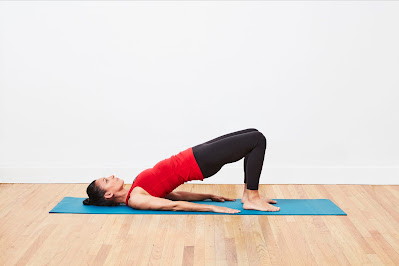
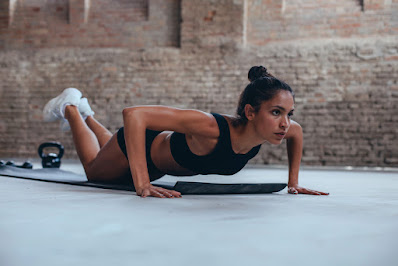
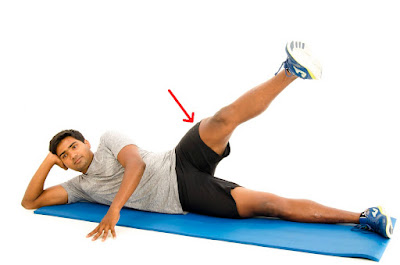
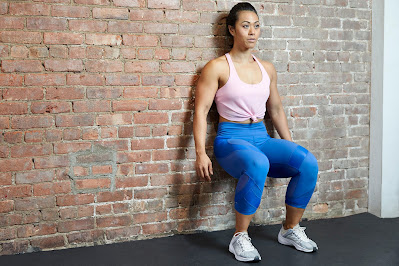
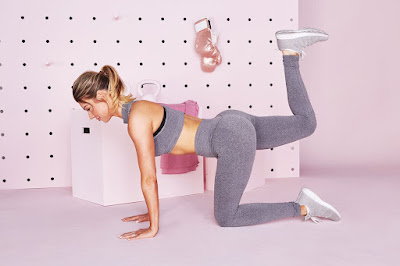

0 Comments